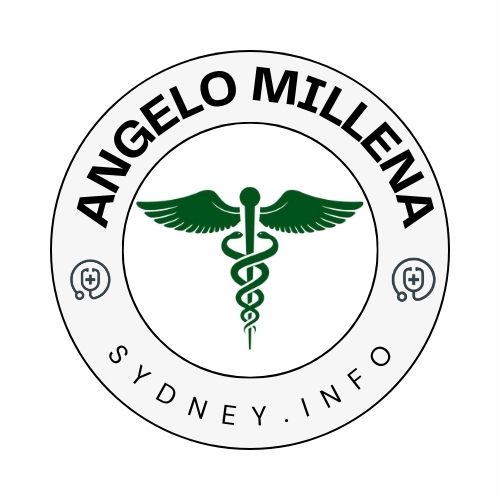In the ever-expanding landscape of care services, prioritizing client safety is paramount. Safety protocols play a pivotal role in ensuring a secure environment for vulnerable care recipients. This blog delves into the significance of safety protocols within leading care agencies, exploring how these protocols contribute to the well-being of clients.
The Landscape of Care Agencies Today
As the demand for care services continues to grow, care agencies have evolved to provide a diverse range of solutions. From in-home care to assisted living facilities, the industry caters to various needs. With this expansion comes the pressing need for standardized safety protocols to guarantee consistent, high-quality care.
Why Client Safety is a Top Priority
The clients of care agencies often belong to vulnerable demographics, emphasizing the critical nature of safety measures. Beyond the ethical obligation, there are legal implications for agencies that fail to prioritize safety. Furthermore, the reputation of care agencies hinges on their ability to provide a secure and trustworthy environment for clients.
Overview of Safety Protocols
Safety protocols are systematic procedures designed to mitigate risks and ensure the well-being of clients. These protocols encompass a broad spectrum, including health and hygiene guidelines, emergency response plans, and more. Their implementation is instrumental in creating a safe and secure environment for clients under the care of agencies.
Leading Care Agencies and Their Commitment to Safety
Top-tier care agencies set the industry standard by placing client safety at the forefront of their operations. Through case studies and examples, we explore how these agencies go above and beyond to implement rigorous safety protocols. Additionally, we’ll highlight specific protocols and any certifications or standards these agencies adhere to.
Key Components of Effective Safety Protocols
Effective safety protocols extend beyond mere documentation. Caregivers within leading agencies undergo comprehensive training to ensure they understand and implement protocols effectively. Regular assessments and updates of safety measures, coupled with the integration of technology, contribute to the overall effectiveness of these protocols.
Challenges in Implementing Safety Protocols
While safety protocols are crucial, care agencies face challenges in their implementation. Staffing challenges and high turnover rates can pose obstacles to maintaining consistency in protocol adherence. Striking a balance between safety measures and the personalized care needs of clients is an ongoing challenge, as is navigating evolving regulations and compliance issues.
The Future of Safety Protocols in Care Agencies
Looking ahead, the future of safety protocols in care agencies is influenced by emerging technologies and changing regulations. This section explores how agencies are leveraging technology to enhance safety measures and anticipates shifts in industry standards. Care agencies are poised to play a pivotal role in shaping the future landscape of client safety.
Takeaway
Client safety remains the cornerstone of leading care agencies. Safety protocols are not static; they evolve to meet the changing needs of clients and the industry. By prioritizing safety, care agencies not only fulfill their obligations but also contribute to the overall well-being and satisfaction of their clients.












